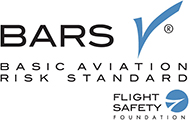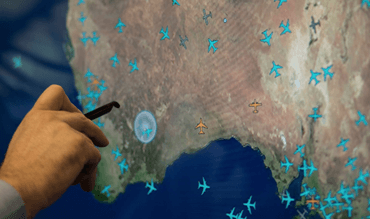I recently noticed an interesting article in the rural newspaper, the Queensland Country Life about the use of drones (unmanned aerial vehicles) on a sheep property in New Zealand. In recent times the humble drone has had a makeover and new names for the unmanned aircraft have evolved; Drones, UAV, Unmanned Aerial Systems (UAS) and Remotely Piloted Aircraft Systems (RPAS).
In any event, the grazier interviewed in the newspaper, claims that the drone will eventually save him up to 45% of his on-farm commuting for inspection activities. This is the second such article in this newspaper in recent weeks.
A few weeks ago, I attended a conference where a presentation showed how unmanned aerial vehicles (UAV) are being used to spray small and difficult to access areas where conventional crop dusters could not be used. The presentation indicated that the UAV offered significant savings in time to address these smaller areas.
These articles and the presentation demonstrate the versatility of the responsible UAV for surveillance in primary industries.
In Australia, UAV are readily available and are often configured with sophisticated cameras. A significant concern for some graziers and feed-lot managers is the malevolent use of UAV for spying on rural activities. This issue arose some time ago when a UAV was used for checking a cattle feed-lot by an animal activist organization. Clearly, the UAV privacy issue is a concern in Australia and worldwide.
Beyond the rural sector, UAV can be used for almost any photography or aerial survey activity. From inspecting the roofs of large buildings to mining surveys; the UAV has the capability to do many tasks efficiently and in a cost effective manner. Larger operators have sophisticated software to enhance photographs and make calculations relevant to the assignment. If you have a task which you think may be accomplished by a UAV, contact Adagold Aviation.
Whilst all civil drone operations must conform to general aviation rules, commercial operations in Australia are regulated by the Civil Aviation Safety Authority (CASA). Over a decade ago, CASA implemented Part 101, and started to issue Operator Certificates (OC). I understand that as of 2014, it has issued over one hundred OC and there are sixty applications pending. Clearly, this is a growing industry sector.
CASA makes a diligent assessment of OC applications and most applicants seek assistance to write the manuals. TechSafe Aviation can assist with any issues associated with UAVs, including, the preparation of manuals, general consultancy and expert witness services.


